Paint Prep
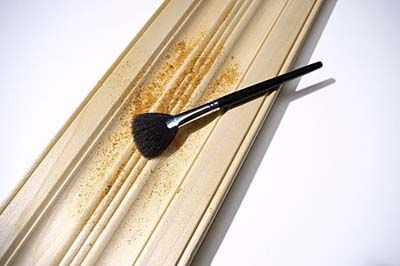
If you’ve ever used a butter knife to tighten the screw on a loose cabinet knob, then you know that often the best tool for the job is the one that’s most readily available. But the kitchen isn’t the only place to get your MacGyver on. Your medicine cabinet or dressing closet are also full of on-the-spot problem solvers, whether you need to condition a soapstone countertop, lube a sticking drawer, or clean up drippy spray-foam insulation.
OK, you’ve sanded all the new trim work. Now, sweep all that dust out of those little crevices with a narrow fan brush before you prime and paint.
Fill Fissures
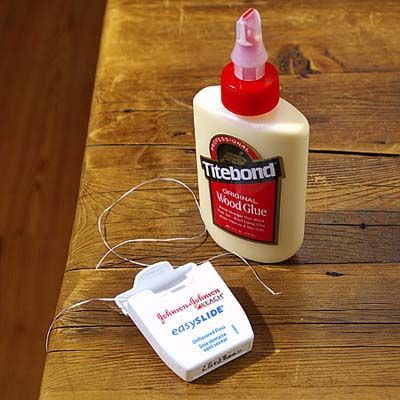
Pull a length of thin and sturdy dental floss taut and use it to work glue into splits and cracks in woodwork.
Fix Dings
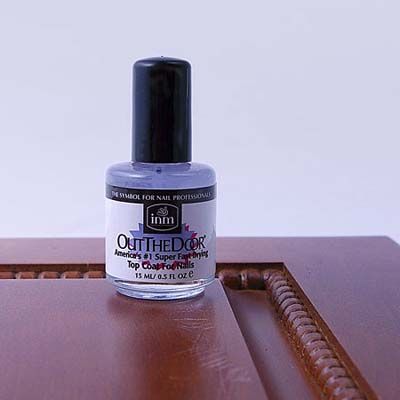
Dab a dot of nail polish on small scratches or chips in a gloss finish.
Recharge
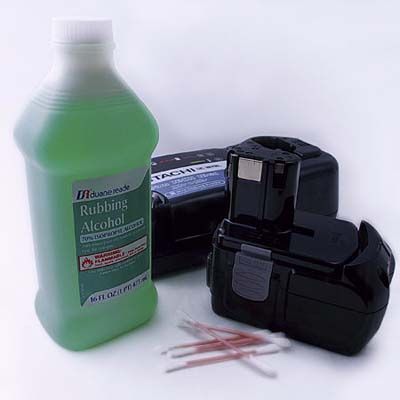
Wipe the metal contacts on cordless tool battery packs with a Q-tip dipped in isopropyl alcohol to help maintain a clean connection between the battery and its charger.
Scrub Grout
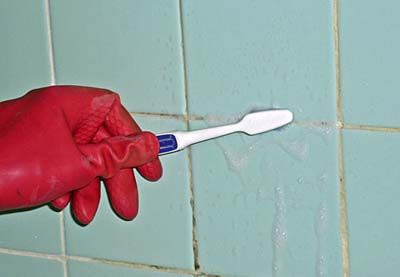
Once it’s past its tooth-cleaning prime, use your brush to make mildewed grout pearly white again.
Grind Burrs
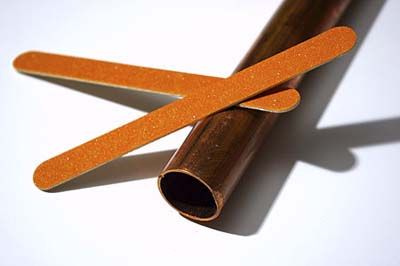
After you’ve cut pipe with a hacksaw, use an emery board to file off sharp burrs.
Nix Nicks
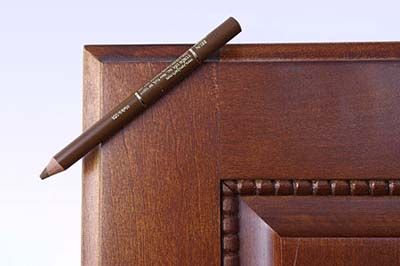
Much like wax pencil wood fillers, eyeliner comes in array of colors to match most stained finishes. Use it to touch up shallow scratches and fill finish-nail holes in kitchen cabinet doors, furniture, trim, doors and paneling.
Strain Paint
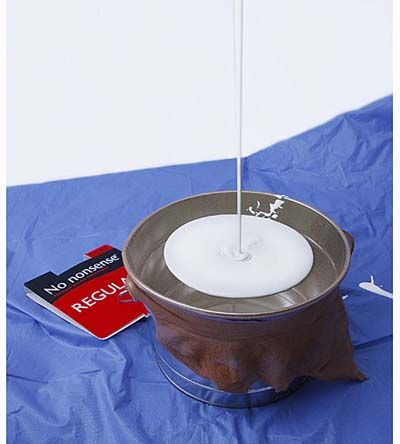
Pulled taut over the top of a pail, panty hose make a fine mesh filter for straining impurities from paint.
Groom Bristles
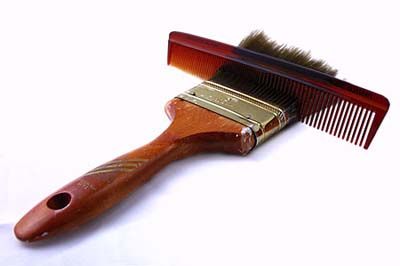
After you’ve soaked paint-laden brushes in either water (for latex) or mineral spirits (for oil), rake remaining globules from the bristles with a sturdy nylon comb. Compared with a metal brush comb, the nylon teeth are waterproof and more tightly spaced to dislodge even more stubborn paint.
Polish Metal
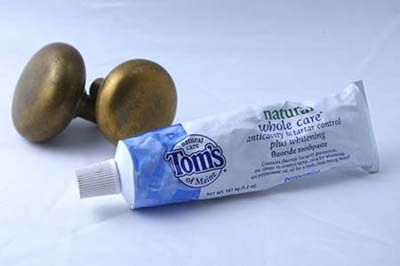
Make brass and silver shine with a non-abrasive toothpaste. Apply the polish with an old, soft-bristled toothbrush and rub it in with a lint-free rag.
Wire a Fixture
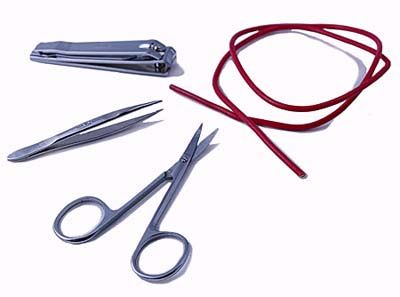
Snip wires to length with an old nail clipper, cut off the outer insulation by slipping the tiny pointed ends of a nail scissor between it and the wire, then wrap the exposed wire around a contact point with tweezers while you tighten the screw.
Smooth Caulk
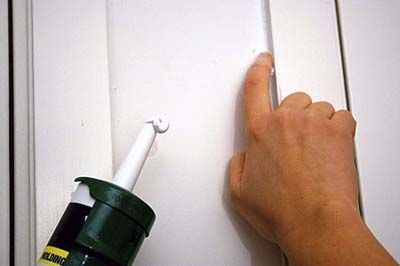
Run a finger moistened with sudsy water along a bead of caulk to even out the line and keep the sticky silicone from clinging to your skin.
Save Stone
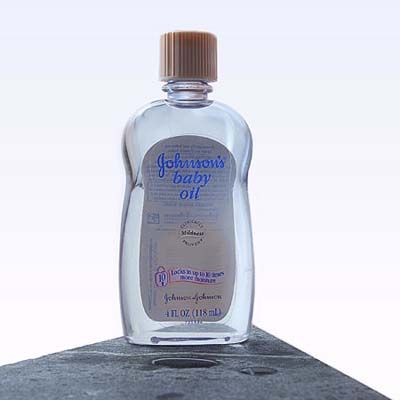
Baby oil is just your basic mineral oil with a little added fragrance; rub it into a soapstone countertop to hide a scratch and to speed up the stone’s natural darkening process.
Stop Squeaks
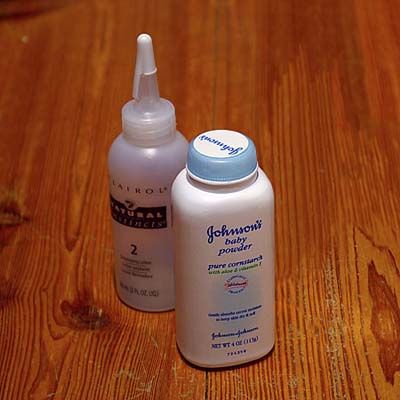
Load up the cleaned squeeze bottle from a hair dye kit with baby powder, then use its pointed tip to inject the powder between two floorboards that are rubbing together and causing a squeak.
Mark the Spot
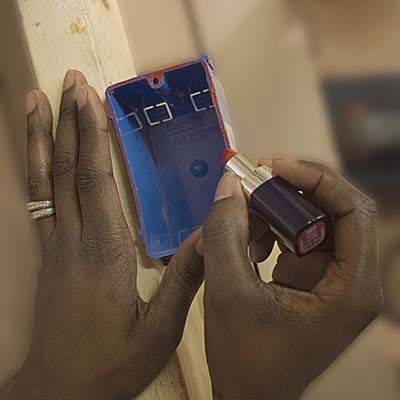
When installing drywall or paneling, you need to cut holes for electrical outlets. To know where to make the cutouts, rub chalk onto the edges of the box, then push the panel into position against it to transfer the mark. TOH Reader Monte Fisher of Whitewater, Kansas, discovered that chalk won’t stick to plastic boxes, so he uses lipstick instead.
Catch the Drips
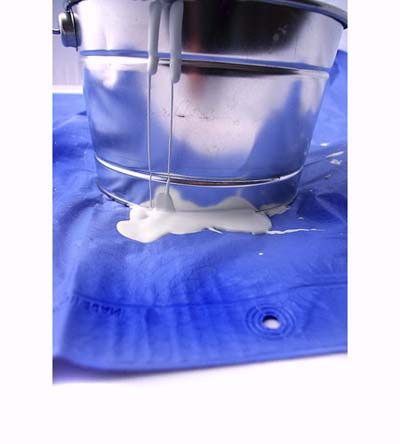
Why buy a plastic drop cloth when you can use an old shower curtain liner instead? That mildewed thing has seen better days, anyway.
Master the Mix

The mini plastic cough-syrup cup makes a great mixing trough for small batches of two-part fillers and glues, such as epoxy or Bondo.
Stay Within the Lines
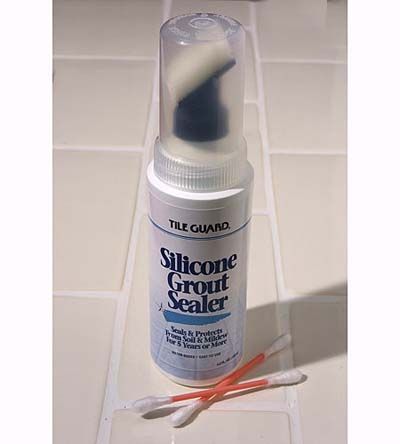
Paint grout lines—and only the grout lines, not the tile—with sealer soaked on the end of a Q-Tip.
Lube a Slider
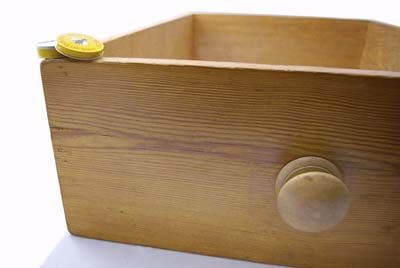
Rub a little beeswax balm on wooden glides to unstick a stuck drawer.
Clean Up Glue
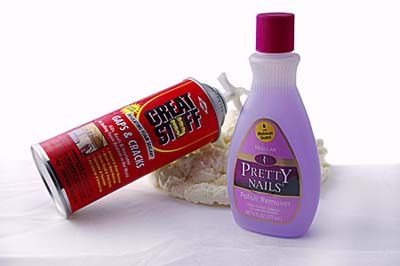
Put some acetone nail polish remover on a rag to wipe off insulating foam sealant before it dries permanently.
